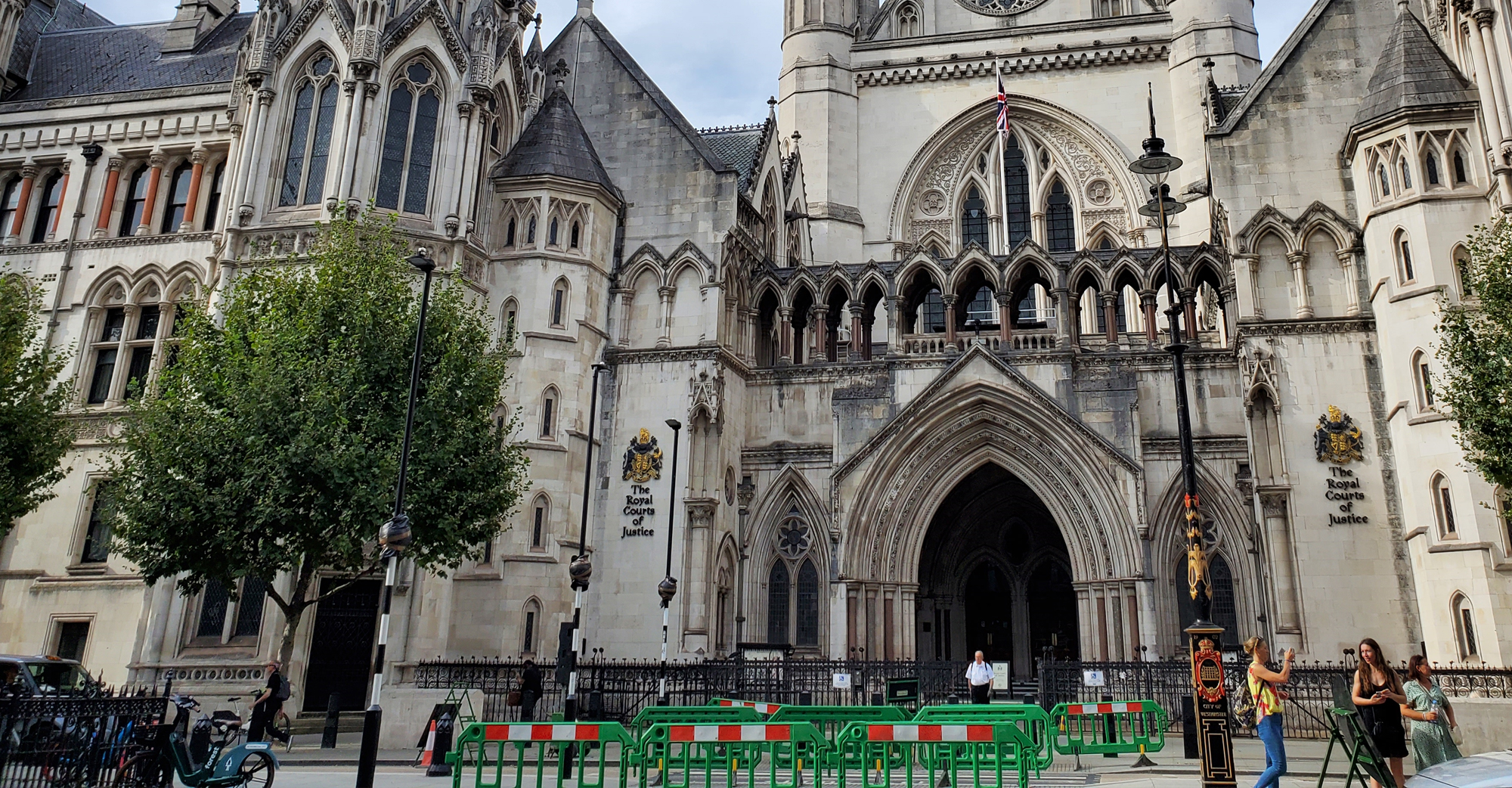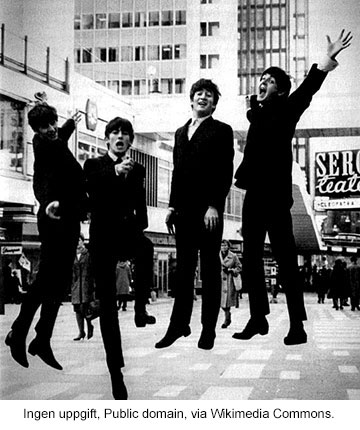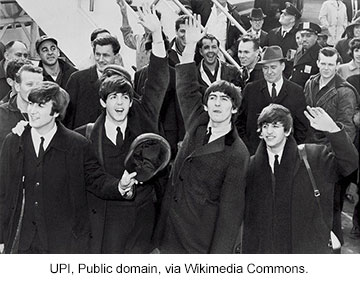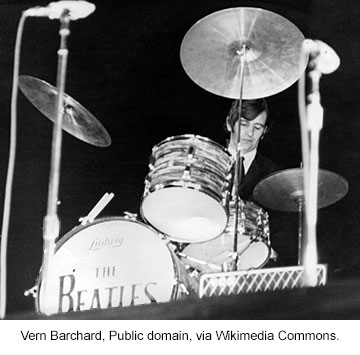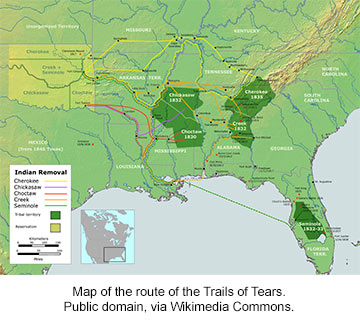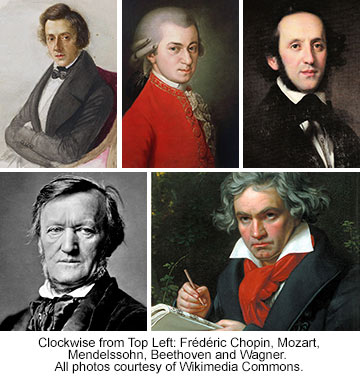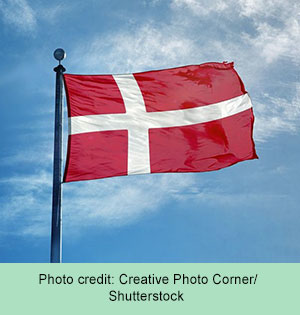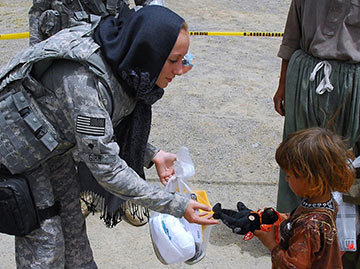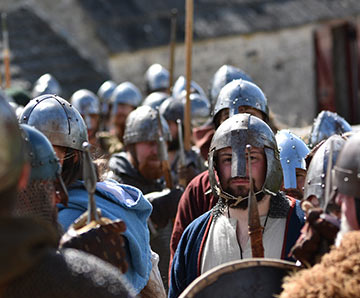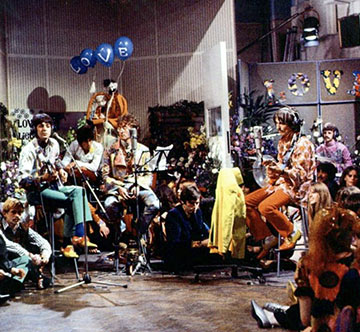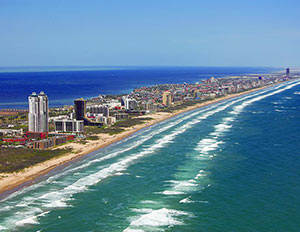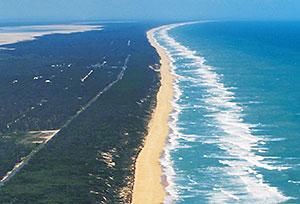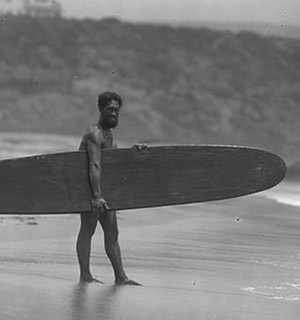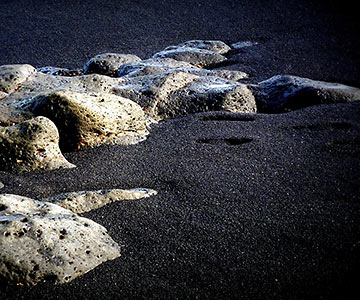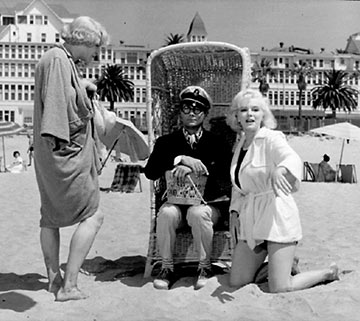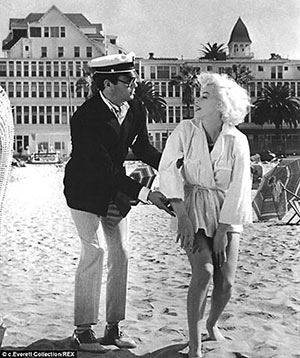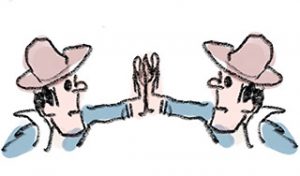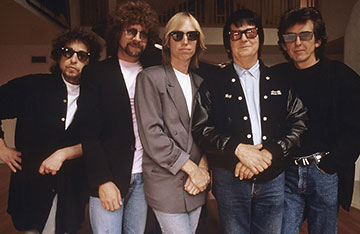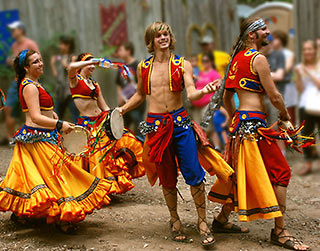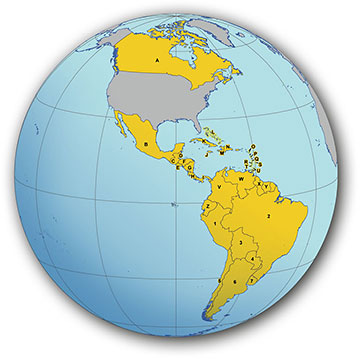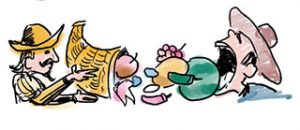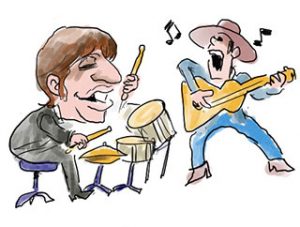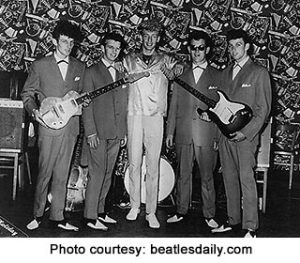Curated by Ed Boitano
What nation has 37 official languages? Does James Bond author, Ian Fleming, have an airport named for him? These questions and more are in our 44th installment of Traveling Boy’s Global Trivia Game.
Global Trivia 44
Start
Congratulations!
You have completed Global Trivia 44.

You scored %%SCORE%% out of a possible 5 points.
Your performance was: %%RATING%%
Your answers are highlighted below.
Question 1 |

What country has 37 official languages?
A | Bolivia |
B | Brasil |
C | Canada |
D | Indonesia |
E | Russia |
Question 1 :
Answer: A: Bolivia
In 2009, Bolivia designated Spanish and 36 indigenous languages as official tongues. While many in the country speak Spanish as a first or second language, the nation is also home to sizable populations of people who speak Quechua, Aymara, Guarani, and more. South America in general has an extremely rich linguistic diversity, due in part to a landscape of jungles, mountains, and deserts that kept communities separate from one another throughout history. In 2015, the World Bank estimated that more than 500 languages are spoken in South America today. Before Spanish colonization, that number was more than 2,000.
Source: CIA World Factbook | Date Updated: November 13, 2020
In 2009, Bolivia designated Spanish and 36 indigenous languages as official tongues. While many in the country speak Spanish as a first or second language, the nation is also home to sizable populations of people who speak Quechua, Aymara, Guarani, and more. South America in general has an extremely rich linguistic diversity, due in part to a landscape of jungles, mountains, and deserts that kept communities separate from one another throughout history. In 2015, the World Bank estimated that more than 500 languages are spoken in South America today. Before Spanish colonization, that number was more than 2,000.
Source: CIA World Factbook | Date Updated: November 13, 2020
Question 2 |
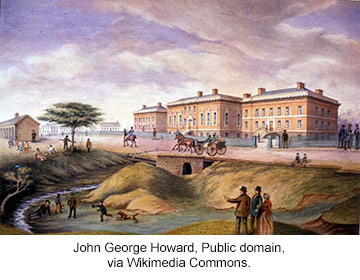
What Canadian city used to be known as York?
A | Victoria |
B | Winnipeg |
C | Saskatoon |
D | Toronto |
E | Halifax |
Question 2 :
Answer: D. Toronto
The origins of the name “Toronto” are murky, but a similar word is found in at least two local indigenous languages. The term was originally used to refer to a stretch of water between Lake Simcoe and Lake Couchiching, and translates literally to “where there are trees standing in the water.” Over the years, the name shifted south to the settlement that became the city of Toronto, although it was first spelled “Tarantou.” But when the British took over the area at the end of 18th century, Governor John Graves Simcoe wanted to assign English names to locations throughout what was then Upper Canada (and is now Ontario). In 1793, he renamed the settlement York as a tribute to the Duke of York. In the 1830s, the Legislative Council changed the name back to Toronto, which was considered a more “musical” word than York — and certainly had stronger ties to the area.
Source: The Culture Trip | Date Updated: November 13, 2020
The origins of the name “Toronto” are murky, but a similar word is found in at least two local indigenous languages. The term was originally used to refer to a stretch of water between Lake Simcoe and Lake Couchiching, and translates literally to “where there are trees standing in the water.” Over the years, the name shifted south to the settlement that became the city of Toronto, although it was first spelled “Tarantou.” But when the British took over the area at the end of 18th century, Governor John Graves Simcoe wanted to assign English names to locations throughout what was then Upper Canada (and is now Ontario). In 1793, he renamed the settlement York as a tribute to the Duke of York. In the 1830s, the Legislative Council changed the name back to Toronto, which was considered a more “musical” word than York — and certainly had stronger ties to the area.
Source: The Culture Trip | Date Updated: November 13, 2020
Question 3 |
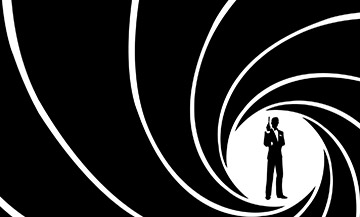
James Bond author Ian Fleming has an airport named after him in which country?
A | England |
B | Monaco |
C | The Bahamas |
D | Malta |
E | Jamaica |
Question 3 :
Answer: E. Jamaica
Jamaica’s newest international port of entry – The Ian Fleming International Airport (IFIA).
The airport is named after the famed Ian Fleming – creator of the world’s most famous fictional spy, JAMES BOND. Golden Eye, the Jamaican home of Ian Fleming where fourteen (14) of the JAMES BOND starred novels were penned, is located just 5km from the airport in the quaint town of Oracabessa.
Jamaica’s newest international port of entry – The Ian Fleming International Airport (IFIA).
The airport is named after the famed Ian Fleming – creator of the world’s most famous fictional spy, JAMES BOND. Golden Eye, the Jamaican home of Ian Fleming where fourteen (14) of the JAMES BOND starred novels were penned, is located just 5km from the airport in the quaint town of Oracabessa.
Question 4 |

Funafuti is the capital of which island nation?
A | Tuvalu |
B | Barbados |
C | Dominica |
D | Maldives |
E | Saint Lucia |
Question 4 :
Answer: A. Tuvalu
One of the tiniest and most remote countries on Earth, is a ring of coral atolls located in the Pacific Ocean about halfway between Hawaii and Australia. The most populous of the atolls, and the country’s capital, is Funafuti. That’s where most of Tuvalu’s government buildings can be found, as well as the Funafuti International Airport, a hotel, and a hospital. The atoll is thought to be named for a founding ancestor chief, Funa, who came from the island of Samoa. Subsistence fishing is one of the main drivers of economic activity in Tuvalu, although in 2000 the country leased its internet top-level domain “.tv” for $50 million in royalties.
One of the tiniest and most remote countries on Earth, is a ring of coral atolls located in the Pacific Ocean about halfway between Hawaii and Australia. The most populous of the atolls, and the country’s capital, is Funafuti. That’s where most of Tuvalu’s government buildings can be found, as well as the Funafuti International Airport, a hotel, and a hospital. The atoll is thought to be named for a founding ancestor chief, Funa, who came from the island of Samoa. Subsistence fishing is one of the main drivers of economic activity in Tuvalu, although in 2000 the country leased its internet top-level domain “.tv” for $50 million in royalties.
Question 5 |

Name the U.S. State whose motto is “The People Rule”
A | Alabama |
B | Arkansas |
C | Connecticut |
D | Oregon |
E | Vermont |
Question 5 :
Answer: B. Arkansas
“Regnat Populus,” which is Latin for “the people rule,” is just one example of the 25 state mottos expressed in Latin. “The people rule” has been Arkansas’ state motto on the Great Seal of the State since 1836, when it was made official in the state constitution. Credit for the design of the seal goes to Samuel Calhoun Roane, the recording clerk of the first territorial assembly, although it remains unknown exactly where the phrase came from. While its origins may be vague, the motto itself is not: It refers to Arkansas’ role in both the War of Independence and the Civil War, idealizing the peoples’ values of justice, freedom, and independence. The Latin motto is nearly identical to South Dakota’s state motto, “Under God, the people rule.”
“Regnat Populus,” which is Latin for “the people rule,” is just one example of the 25 state mottos expressed in Latin. “The people rule” has been Arkansas’ state motto on the Great Seal of the State since 1836, when it was made official in the state constitution. Credit for the design of the seal goes to Samuel Calhoun Roane, the recording clerk of the first territorial assembly, although it remains unknown exactly where the phrase came from. While its origins may be vague, the motto itself is not: It refers to Arkansas’ role in both the War of Independence and the Civil War, idealizing the peoples’ values of justice, freedom, and independence. The Latin motto is nearly identical to South Dakota’s state motto, “Under God, the people rule.”
Once you are finished, click the button below. Any items you have not completed will be marked incorrect.
Get Results
There are 5 questions to complete.
You have completed
questions
question
Your score is
Correct
Wrong
Partial-Credit
You have not finished your quiz. If you leave this page, your progress will be lost.
Correct Answer
You Selected
Not Attempted
Final Score on Quiz
Attempted Questions Correct
Attempted Questions Wrong
Questions Not Attempted
Total Questions on Quiz
Question Details
Results
Date
Score
Hint
Time allowed
minutes
seconds
Time used
Answer Choice(s) Selected
Question Text
All done
Deplorable! You need to travel more! This is pathetic!
Deplorable! You need to travel more! This is pathetic!
Embarrassing! Keep trying! We know you're better than that. Play the game again.
Not that bad! But not good either. Play the game again.
Pretty good... but not perfect.
Perfect! Are you brilliant traveler or what?
